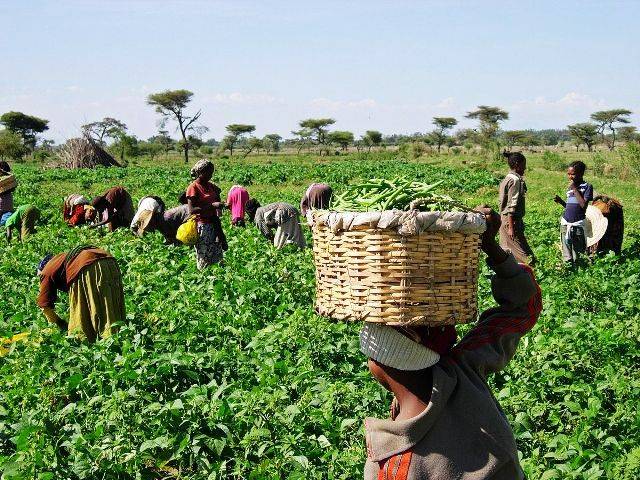
Path of profits and success require a cooperative walk. There’s no alternative but to invest in organizing and building institutions of small and marginal farmers if they have to be supported.
About 60% of India’s population is dependent on agriculture. It is the sector that promises a lot of growth and at the same time sees a lot of distress. People of the country keep complaining about high retail prices wherein the farmers express their despair in farming due to negligible returns. Where does the farmer’s enhanced share go?
The farmer who actually is the king of agricultural produce should be a shareholder of profits. Definitely!
Consider the example of Basmati. India exports Basmati worth thousand crores. Say a farmer sells Basmati at Rs. 2000 per quintal, the exporter sells it at Rs.8000 per quintal. Exactly 4 times! Needless to say, a farmer can’t perform all the tasks of the business chain and hence relies on the private companies.
The time-tested model of dairy cooperatives looks suitable to boost the income of farming households. It ensures that the farmer is a shareholder in profit earned by the cooperative federation at the district, state and national levels. The Gujarat Co-operative Milk Marketing Federation whose Amul brand is a household name transfers 82% of its retail price to farmers in the supply chain. On a panel discussion at Outlook’s Agriculture Conclave and Swaraj Awards in December 2018, R.S Sodhi, Managing Director, Amul showcased how the cooperative model ensured handsome returns to dairy farmers.
Agriculture economist Dr T. Haque said that the farmers have to adopt a collective approach through cooperatives which shall give them the power to bargain better for their produce and create wealth collectively. However, he warned that a fine working model needs a dedicated and transparent leadership.
Farmers should adopt a farm to fork strategy and create an organization that is capable of collecting, processing and marketing the produce. Sundeep Kumar Nayak, MD of the National Cooperative Development Corporation says that it provides funds to cooperatives at the reasonable rate of interest. “Our criterion is the economic viability of the project. And this is the reason why our Non-Performing Assets (NPA) is near zero.”

There is no alternative but to invest in organizing and building institutions of small and marginal farmers if they have to be supported. To link farmers with input and output markets, there does not seem to be an institutional mechanism except cooperatives and newly engaged farmer producer companies.
Collective Cultivating Helps
Economies of scale: Cooperatives can help farmers benefit from economies of scale to lower their costs of acquiring inputs or hiring services such as storage and transport.
Reduced Risks: Agricultural cooperatives enable farmers to improve product and service quality and reduce risks.
Empower members: Cooperatives empower their members economically and socially by involving them in decision-making processes that create additional rural employment opportunities.
More Power: Farmers in cooperatives have more bargaining power, lower transaction costs in getting loans, and better access to information.
CASES - Successful collaborations work wonders
Jharkhand Women Self Supporting Poultry Cooperative Federation.
The model works on three fronts: production, access to input-output markets and financial systems. Women from poor families are organized into cooperatives with each woman rearing broilers in modern poultry-farms built in her backyard. A mature cooperative typically has 300-500 members with 25-30 farmers in a village. High-quality production services are built around a community-based supervisor, who provides round-the-clock production management and farm-support, and trained veterinarians. The enterprise gives the woman farmer an income for her labour while giving her the dignity and control of an owner.
The MAHA Farmers Producer Co. Ltd (MAHAFPC), the apex organization of over 200 farmer producer companies in Maharashtra, did the business of over ₹1.68 billion in its first year of operation.
The organization was designated by the central government as the lead agency in Maharashtra, along with National Agricultural Cooperative Marketing Federation of India Ltd (NAFED) and other government agencies, to procure red gram under the government's MSP program. The MAHAFPC ensured that all its members (the producer companies) benefit from active participation in the MSP procurement.















